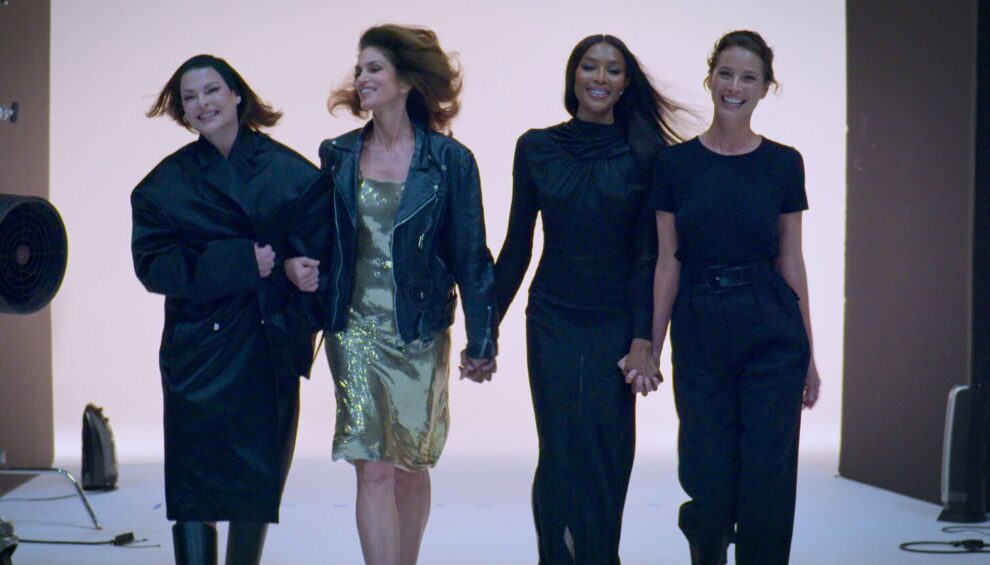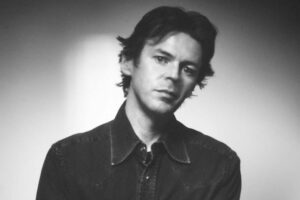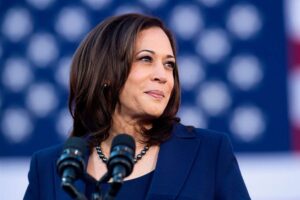Apple TV+ docuseries looks back at the successes and setbacks of an era’s foremost faces of fashion: Naomi Campbell, Cindy Crawford, Linda Evangelista and Christy Turlington.
Just days after HBO canceled the gloriously fun period-piece basketball soap opera “Winning Time: The Rise of the Lakers Dynasty,” we’re getting a new limited series about some unusually tall and uniquely blessed figures who burst onto the scene in the 1980s and 1990s, carved out a unique place in pop culture history and took the world by storm as they became world-famous, heavily scrutinized icons.
Their names are Naomi, Cindy, Linda and Christy. Of course, just as the Magic/Kareem era Lakers were by no means the first pro basketball dynasty (hello, Bill Russell Celtics), this quartet did not pioneer the concept of the supermodel, as they followed in the footsteps of the likes of Twiggy and Donyale Luna, Iman and Beverly Johnson, Lauren Hutton and Gia Carangi. But as we see in the initially glossy but eventually more substantial four-part documentary series “The Super Models” on Apple TV+, Naomi Campbell, DeKalb’s own Cindy Crawford, Linda Evangelista and Christy Turlington collectively emerged on the scene at a time when runway shows were becoming high-concept spectaculars, the media were expanding with the advent of cable TV, and the fashion industry was gradually and in some cases grudgingly acknowledging that models were more than just breathing mannequins.
Consider a clip featured in the premiere episode, in which a 20-year-old Cindy Crawford appears on “The Oprah Winfrey Show” in 1986 and sits silently onstage as the late founder of Elite Model Management, John Casablancas, talks with Oprah about Crawford as if she’s barely in the room. “Did she always have this body?” says Oprah, who then addresses Crawford: “Stand up just a moment. Now this is what I call A BODY.”
Says Crawford in present day: “I was like the chattel or a child, like, ‘Be seen and not heard.’ When you look at it through today’s eyes … like ‘Show us why you’re worthy of being here,’ in the moment, I didn’t recognize it. Only when I look back at it … that was so not OK really. Especially from Oprah.”
Within a few years, Crawford had forged her own path — appearing in Playboy (against the advice of many), starring in an iconic Super Bowl commercial for Pepsi, and hosting and executing the groundbreaking “MTV’s House of Style” from 1989-1995. (We should also note that Winfrey went on to become a generationally influential and great and global champion for equality and fairness and women’s rights.)
At the same time, Crawford’s colleagues Campbell, Evangelista and Turlington were overcoming various obstacles (in Campbell’s case, that included subtle and not-so-subtle racism in the industry) and joining her as household names. A highlight of the series is when we revisit their appearance (along with the late Tatjana Patitz) in the video for George Michael’s “Freedom! 90,” which was directed by David Fincher.
Directors Roger Ross Williams and Larissa Bills skillfully toggle between the expected bounty of high-gloss photos and film clips and present-day interviews with the quartet, who are all in their 50s and speak with keen self-awareness and in some cases admirable candor about their experiences, which were admittedly heady and made them internationally famous and wealthy but were not without setbacks. Coming from four different corners of the world, catapulted to fame by their early 20s, they were mobbed by fans and paparazzi, featured on the covers of magazines, staples on the talk show circuit. “It was insane,” recalls Evangelista. “We’re not the Beatles.”
Moving along in chronological fashion, with episodes titled “The Look,” “The Fame,” “The Power” and “The Legacy,” the series features interviews with more than a dozen journalists, fashion editors, designers, etc., but wisely spends most of its time listening to the subjects, who were also executive producers on the project. Crawford speaks of how each of them began to take more control over their careers (“We looked powerful … and we started owning that power”), while Evangelista speaks with strength and bravery about coping with breast cancer and disfigurement from a cosmetic procedure, and finding the courage to leave an abusive relationship with her husband, the former French model agency boss Gérald Marie, who years later was accused by more than a dozen women of rape and sexual misconduct. (Earlier this year, French prosecutors said they had closed the investigation because the alleged offenses exceeded their statute of limitations.)
Campbell talks of her addiction and anger management issues, and in present day quips, “Why don’t men get menopause?” Turlington relates her experiences getting a master’s degree in public health and becoming an anti-smoking advocate. Crawford, married 23 years, acknowledges her Instagram account should probably say, “Kaia [Gerber’s] mom,” as her 22-year-old daughter has become a hugely popular influencer. Throughout the series, we see snippets of the buildup to a present-day photo shoot reuniting the Super Models for a Vogue fashion cover; in the finale, they’re reunited and strike a pose, and they look amazing.
Source : Chicago Sun Times






















